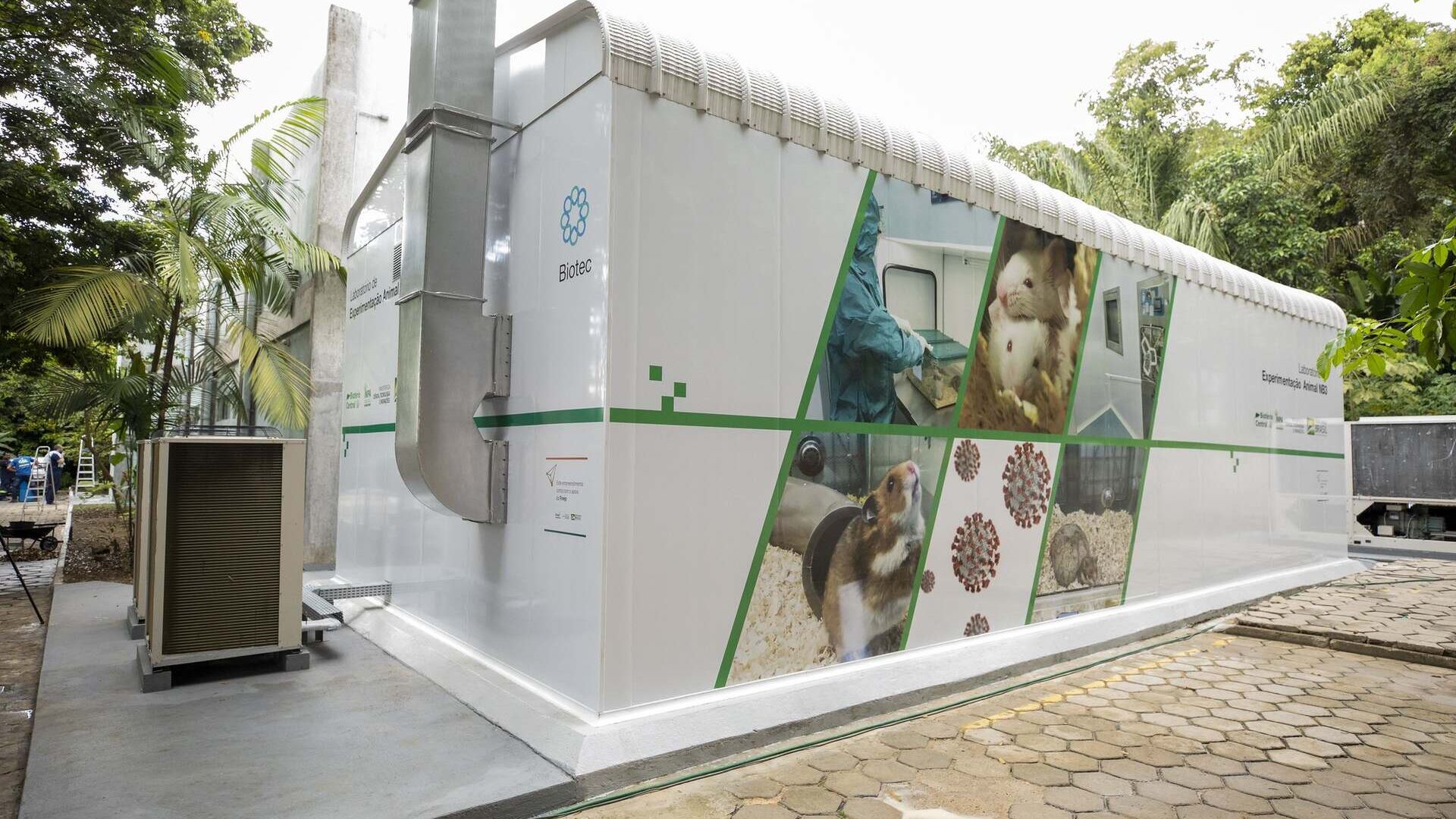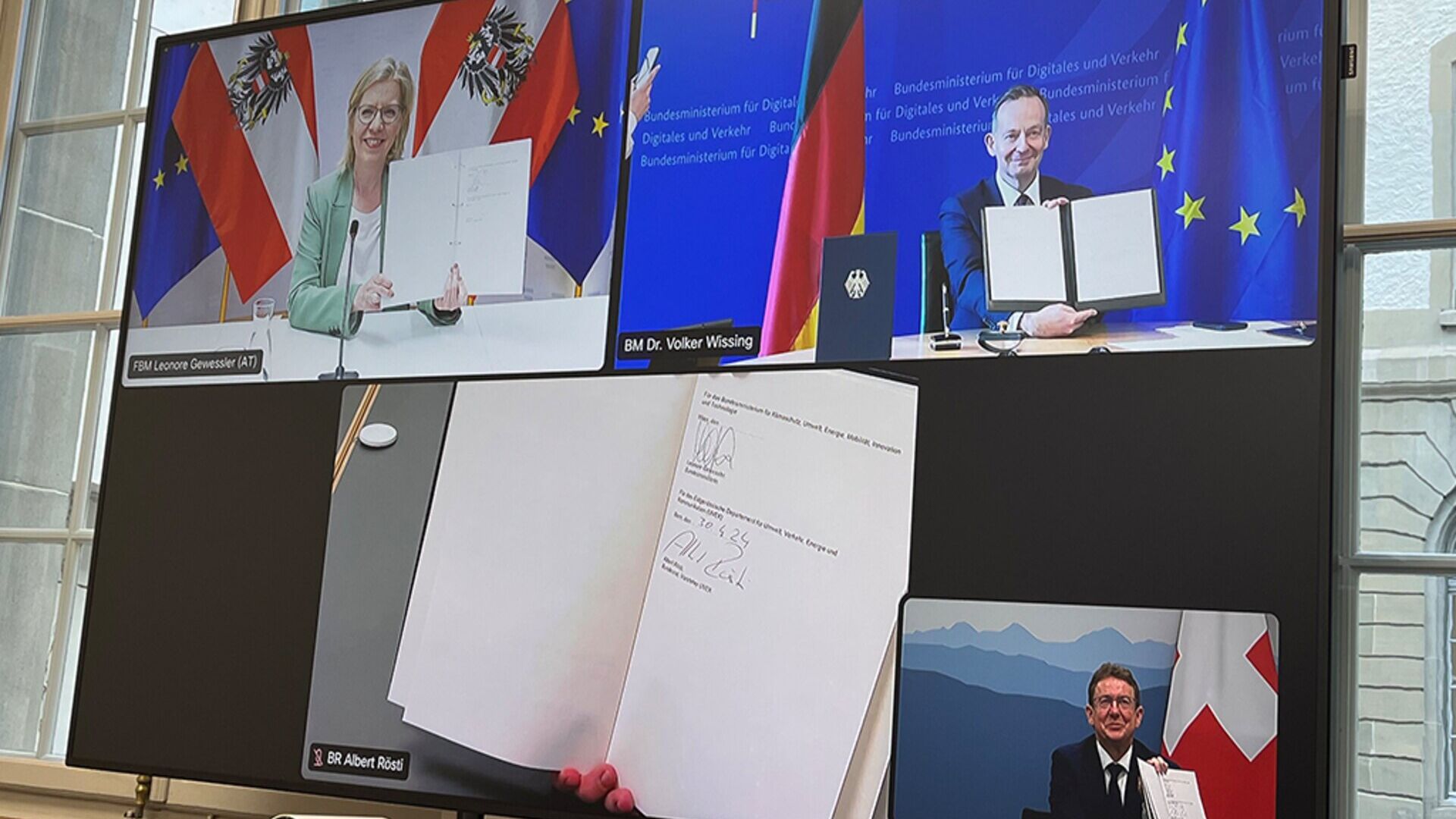New fuels from artificial photosynthesis on soap bubbles
An international team of scientists is trying to mimic chlorophyll function on a detergent film to create zero-emission fuels

You can create new zero-emission fuels using the same processes implemented by nature? Yes, according to the Uppsala University researchers leading the research project SoFiA (Soap Film Artificial photosynthesis), in which Leiden University, the University of Amsterdam, the Polytechnic University of Turin and several international research institutes also participate.
The objective of the project, which in 2019 received funding of 3,2 million euros from the European Commission, is to transform CO2 into fuel and raw materials for industry by mimicking the thylakoid membrane of leaves, where the light phase of photosynthesis takes place.
Today the objectives of the SoFiA project seem closer: the latest important contribution comes from the researchers of Polytechnic of Turin, who in a newly published study have demonstrated for the first time the possibility of using i soap film as reactive membranes, paving the way for the production of solar fuels from CO2.
One step closer to solar fuels generated… from the air
Carbon dioxide is a resource and the atmosphere is its… “mine”
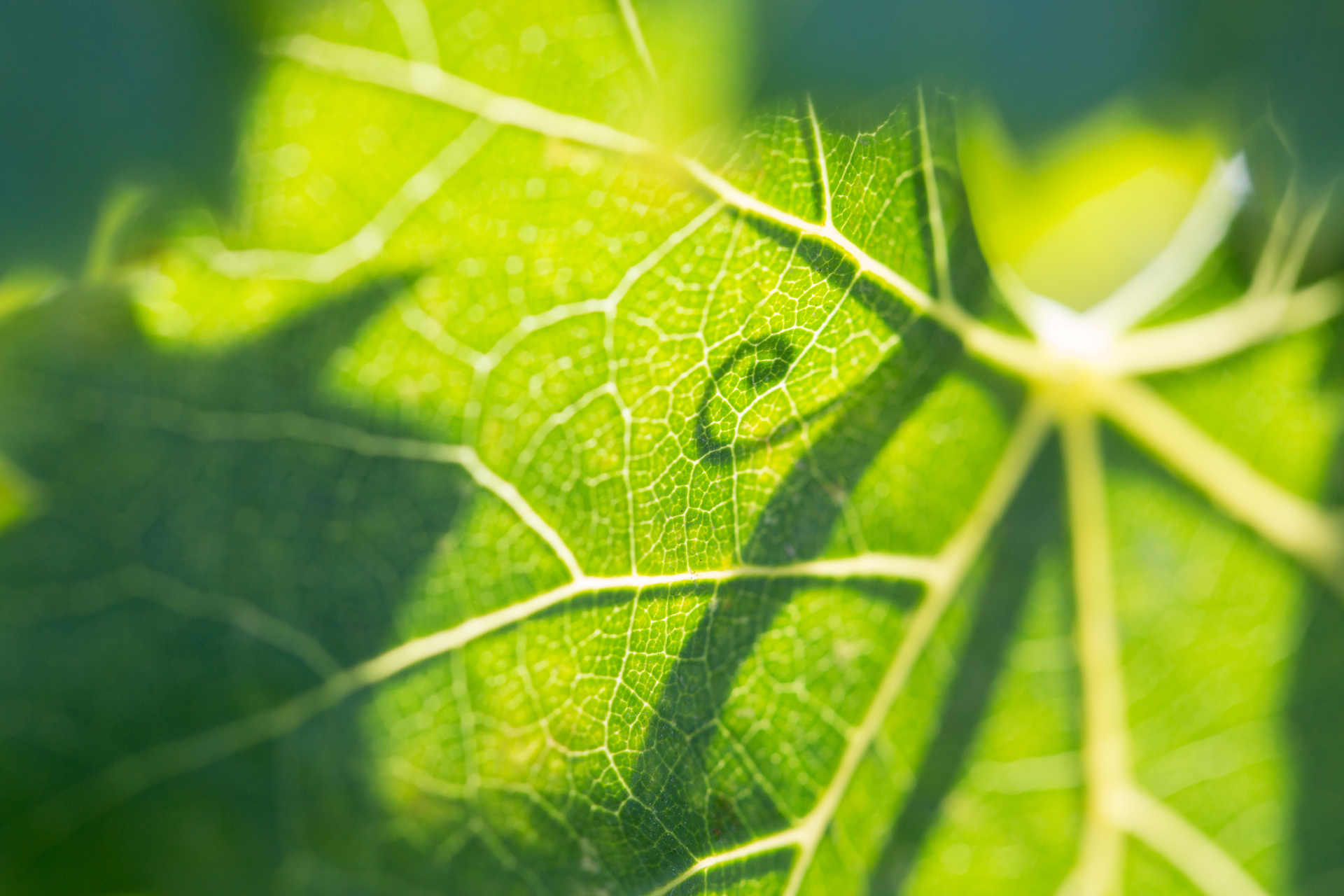
How to engineer a soap bubble: the Italian study
The new study of Polytechnic of Turin, just published on “Physical Review Letters” by a team of researchers coordinated by the professor Eliodoro Chiavazzo, demonstrates how to create dissymmetries in soap films, or how to engineer “the thin walls of the very common soap bubbles”.
Soap films have a typical symmetrical, sandwich-like conformation, in which two thin surfactant films they contain a certain volume of water: researchers have developed a process that allows this symmetry to be "broken" by exploiting the asymmetric deposition of chemical agents via an aerosol on the surfaces of the film.
This result translates into the possibility of using soap films as reactive membranes (self-healing and low-cost) for various energy applications, including i photo-catalytic processes for the production of solar fuels such as carbon monoxide from CO2. There natural photosynthesis, in fact, is based precisely on asymmetry.
"We are proud that the contribution of the Polytechnic has been decisive in identifying the correct doping technique and in formulating the theoretical understanding of the processes underlying this technology”, explains the professor Eliodoro Chiavazzo.
"Having demonstrated it on soap films”, continues the professor, “it has great value not only scientific but also technological, because it gives us a low-cost and easy-to-build platform in which it is possible to control the degree of symmetry on an atomistic scale".
The surprises of chemistry: so plastic waste becomes soap
Future chemistry: the new challenges of the industry for sustainability
SoFiA, artificial photosynthesis on a soap film possible
The new study by the Polytechnic of Turin is the latest important contribution to a large research project started in 2019 and made possible by the collaboration of numerous universities and research centers at an international level: "Together with an international group of colleagues we have been working for years on the use of such film structures as reactive membranes", explains Luca Bergamasco, among the authors of the study.
The research is part of the multidisciplinary European Project programme SoFiA (Soap film artificial photosynthesis), which involves among others theUppsala University,Leiden University andUniversity of Amsterdam.
At the basis of the project, the ambitious objective of mimic the thylakoid membrane of leaves, the one in which the processes of the light phase of photosynthesis take place, to create an artificial "chlorophyll synthesis" from which to obtain solar fuels.
"Photosynthesis captures sunlight and uses its energy to drive chemical reactions that accumulate energy-rich substances such as carbohydrates“, He explains Leif Hammarström, professor of chemical physics at the Ångström Laboratory at Uppsala University, as well as project coordinator.
Plastic and chemistry: all the outlines of a… “dangerous” relationship
A drop of oil is enough to change the marine ecosystem
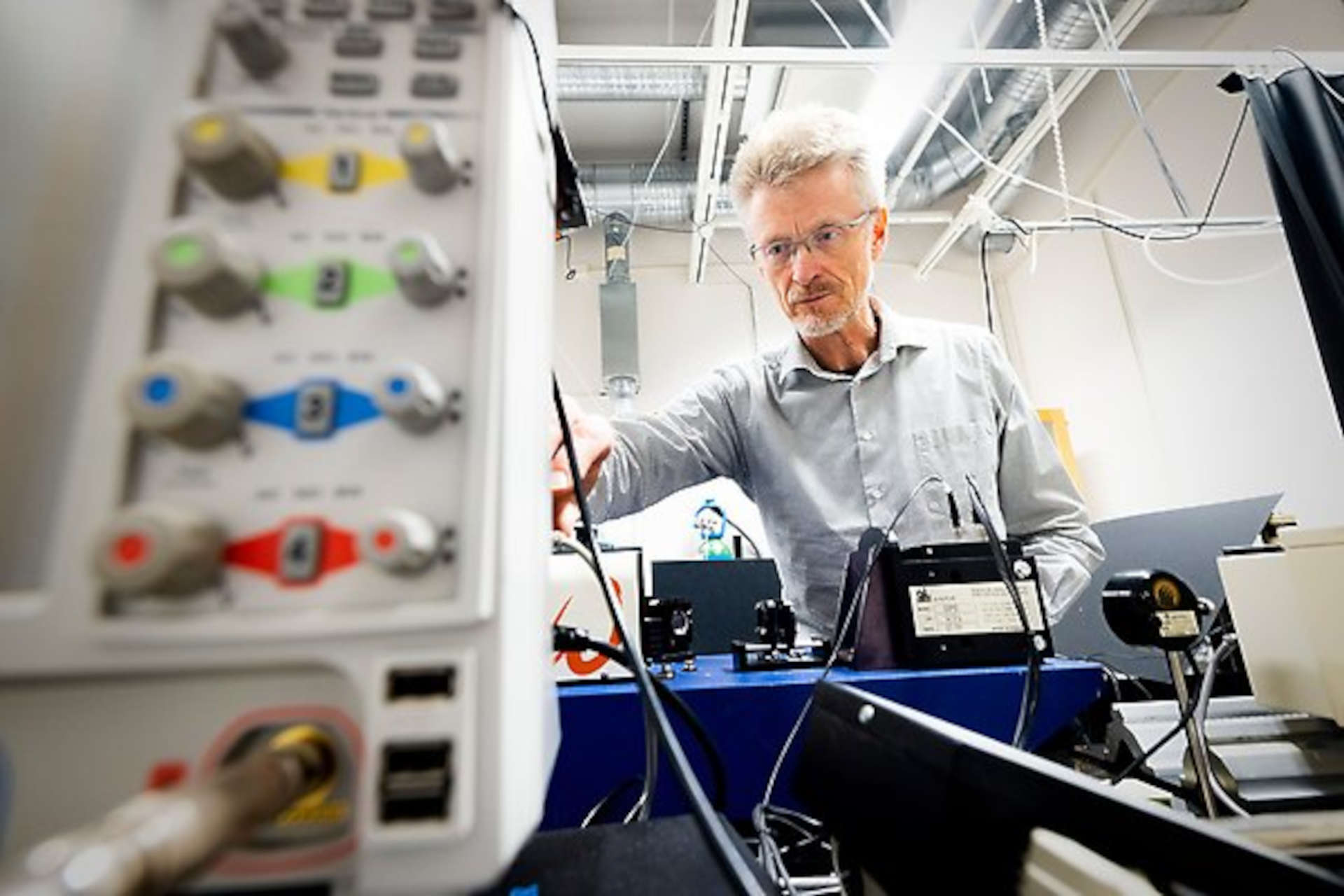
Artificial photosynthesis as a real alternative to fossil
Most fuels such as ethanol and hydrogen are now produced from fossil sources, exploiting oil as a raw material. According to scientists, however, the artificial photosynthesis represents a valid, sustainable and efficient alternative to this process. As a replacement for petroleum derivatives, they are used sun, water, CO2 and a thin film of soap.
Using a technique similar to that of solar cells, the artificial photosynthesis studied by Professor Hammarström is capable of produce fuel in gaseous or liquid form, simulating what happens in plants, i.e. transforming the sun's energy into chemical energy.
The scientists' idea is therefore to mimic the thylakoid membrane using soap films containing classes of catalyst surfactants molecules obtained from very abundant materials on Earth.
"Most of our research revolves around basic science work where we seek to understand first principles and develop new catalysts and mechanisms,” explains Hammarström in a 2022 interview, “it's about accelerate the chemical reaction so that processes become more energy efficient".
Genetic engineering for sustainable agriculture and food
Here is the first vanilla ice cream produced from... plastic waste
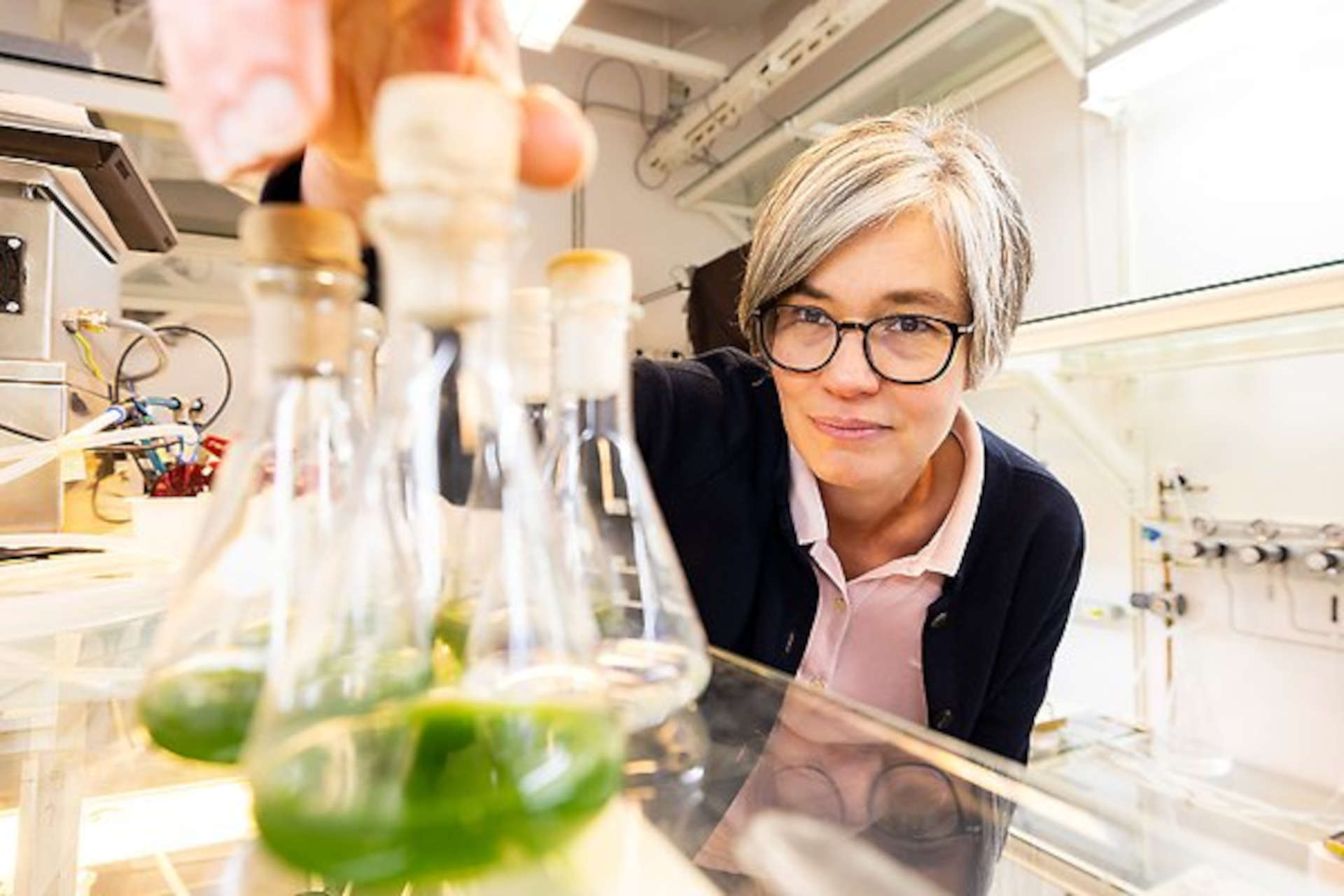
Photosynthesis for sustainable fuels: beyond… soap
In the Department of Chemistry of Ångström Laboratory it's not just Leif Hammarström's group busy with soap bubbles and surfactants. In the research team coordinated by Pia Lindberg, for example, we try to obtain non-fossil fuels by exploiting the natural photosynthesis carried out by genetically modified cyanobacteria.
Normally, cyanobacteria use photosynthesis to grow, butgenetic engineering can “convince” them to do something completely different, like produce butanol.
"The idea is to produce renewable chemicals and fuels from carbon dioxide in the atmosphere using microorganisms”, explains Lindberg, “to use photosynthesis directly in genetically modified microorganisms where we can control what the microorganism does and produces".
The great advantage of this method, explains Professor Lindberg, is that “uses carbon dioxide from the atmosphere, which means that it does not need sugar, but makes full use of the body's own process".
The latest results of this line of research date back to May 2023, when the Lindberg team published a study demonstrating that modified cyanobacteria can produce isoprene (a sustainable synthetic fuel perfect for aviation), using solar energy and carbon dioxide present in the air.
The ambitious project to produce fuels with zero CO2 emissions, which involves groups of researchers from all over the world, is ever closer to being a reality.
Carbon Capture and Storage: how should we use CO2?
Capturing and storing CO2: 5 strategies on the way to net zero
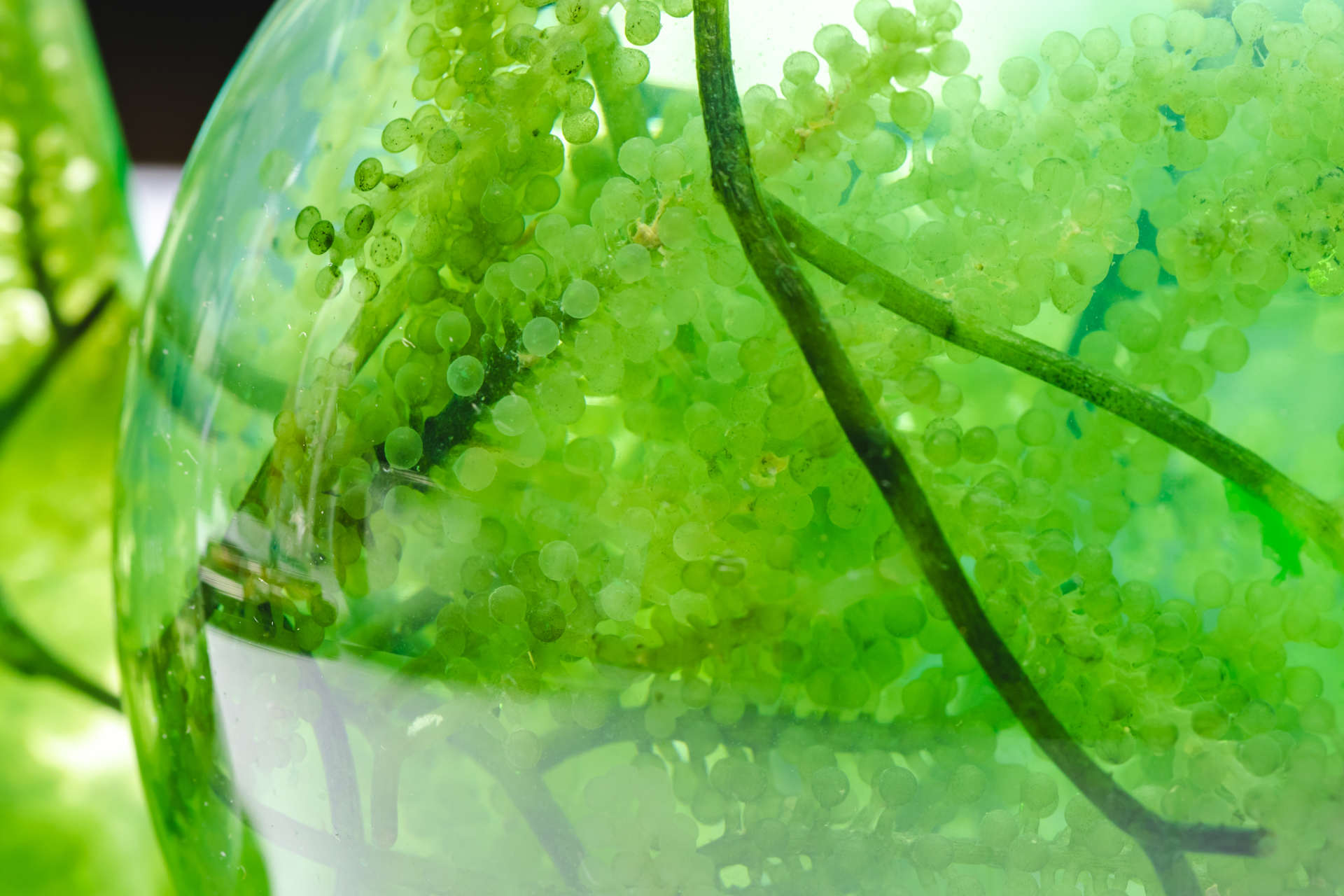
You may also be interested in:
In Brazil the first meeting in the world between biosafety and synchrotrons
In Campinas, a NB4 level maximum biological containment laboratory will be connected to the light sources of a particle accelerator
In Alto Adige today EDIH NOI is the new point of reference for AI
4,6 million euros from the PNRR fund will be allocated to Bolzano for services to local companies in the digitalisation of intelligence…
by Editorial staff Innovando.NewsEditorial staff of Innovando.News
Austria, Germany and Switzerland for "more innovative" cargo railways
DACH Ministers Leonore Gewessler, Volker Wissing and Albert Rösti: the introduction of Digital Automatic Pairing is a key element
by Editorial staff Innovando.NewsEditorial staff of Innovando.News
Persuasion or manipulation? Genesis and historical impact of PR
This is how Public Relations, from the sophistic dialogue of ancient Greece to the current digital era, continues to offer continuous innovation

